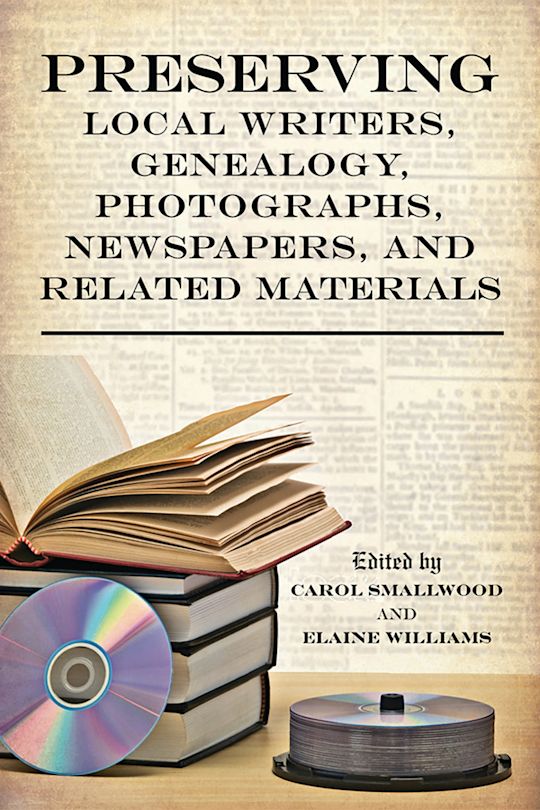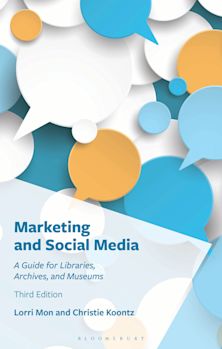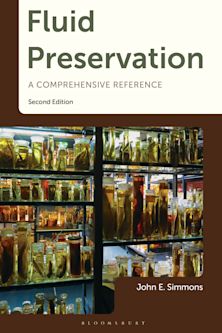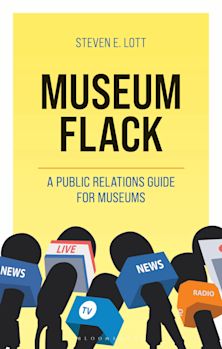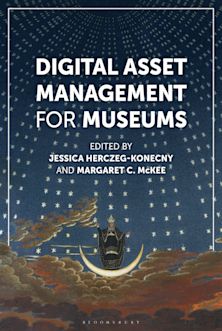Preserving Local Writers, Genealogy, Photographs, Newspapers, and Related Materials
Preserving Local Writers, Genealogy, Photographs, Newspapers, and Related Materials
Description
Preservation of historical documents and library related materials is a growing problem in all library types and institutions. Fortunately, editors Carol Smallwood and Elaine Williams have pulled together the wisdom of practicing professionals to elucidate how to cope with the many problems that arise when preserving, managing, and digitizing important collections.
Preserving Local Writers, Genealogy, Photographs, Newspapers, and Related Materials contains informative chapters on physical preservation, collection management, cooperation with organizations and communities, various formats, and special projects. Each part covers the preservation of specific materials, from newspapers and scrapbooks to photographs and oral histories. In addition, chapters cover repair and restoration of materials, while taking into consideration the current state of funding for agencies with an interest in history. Contributors also shed light on how the racial, economic, and political dynamics of the past affect how collections are gathered, maintained, and presented today.
Preserving Local Writers, Genealogy, Photographs, Newspapers, and Related Materials offers plenty to inspire anyone facing backlogs of unprocessed papers or boxes of artifacts. Stories of the rescue efforts of a group of volunteers, or the discovery of a lost diary, show that the hard work of preservation is well worth it. Libraries, archives, and historical and genealogical societies all have their role to play in preserving important historical materials, as do patrons, sponsors, and volunteers; such institutions and individuals will find this book extremely helpful in their preservation efforts.
Table of Contents
Acknowledgments
Introduction
PART I: BASICS
1. Band-Aids and Superglue for the Cash-Strapped Local History Librarian, Chad Leinaweaver
2. Basic In-House Book and Paper Repair, Karen E.K Brown
3. Emergency Preparedness, Dyani Feige
4. You Can't Keep It All, Rochelle LeMaster
PART II: NEWSPAPERS
5. Balancing Selection and Digitization: Selecting 19th and Early-20th Century Newspaper Titles for Online Access, Athena Jackson
6. Indexing your Local Newspapers on Microfilm, Kelly Zackmann
7. Newspaper Preservation in Developing Countries: Issues and Strategies for Intervention, Goodluck Israel Ifijeh
PART III: SCRAPBOOKS
8. How to Get Scrapbooks Into the Hands of Users, Anastasia Weigle
9. Keeping Scrapbooks Secure and Available, Erin Foley
10. Physical Properties of Scrapbooks, Jennifer Hain Teper
PART IV: LOCAL HISTORY
11. Creating Local History Development Guidelines, William Helling
12. Keeping a Past: Preservation Issues in Local History, Nancy Richey
13. Minimizing Privacy and Copyright Concerns with Online Local History Collections, David Gwynn
14. Lavaca County Records Retention Project, Brenda Lincke Fisseler
15. Managing Archives in Local History Collections, Sarah Welland
PART V: GENEALOGY
16. Partnering with Local Genealogical Societies, Lisa Fraser
17. Patron Driven Family History Preservation, Howard C. Bybee
PART VI: PHOTOGRAPHS
18. Collecting and Preserving Photographic Materials, Amanda Drost
19. Organizing and Indexing Photo Collections, Rose Fortier
20. Photograph Selection, Access, and Preservation for the Public Librarian, Rebekah Tabah
PART VII: DIGITAL
21. Digital Preservation of the Emilie Davis Diaries, Alexia Hudson
22. Preserving and “Publishing” Local Biographies, Elizabeth B. Cooksey
23. Promoting Local History through the Catablog, Cyndi Harbeson
24. Reinventing the Obituary File for the Digital Age, Kerry FitzGerald
PART VIIII: ORAL HISTORIES
25. Preserving Born-Digital Oral Histories, Juliana Nykolaiszyn
26. Preserving Indiana Women's Voices: a University Oral History Project, Theresa McDevitt
27. Steps in Preserving Oral Histories, Suellyn Lathrop
PART IX: APPROACHES TO PRESERVATION
28. Affiliation Agreements, Tomaro Taylor
29. Educating the Community: Preserving Tomorrow's Treasures Today, Jessica Phillips
30. Historical Sheet Music Collections: Practical Wisdom, Racial Sensitivity, Karl Madden
31. Tracing History Through Non-Traditional Methods, Emily Griffin
Afterword
Contributors
Index
Product details
| Published | 05 Apr 2012 |
|---|---|
| Format | Ebook (Epub & Mobi) |
| Edition | 1st |
| Extent | 356 |
| ISBN | 9780810883598 |
| Imprint | Scarecrow Press |
| Illustrations | 9 BW Photos, 37 Listings, 6 Tables |
| Publisher | Bloomsbury Publishing |









